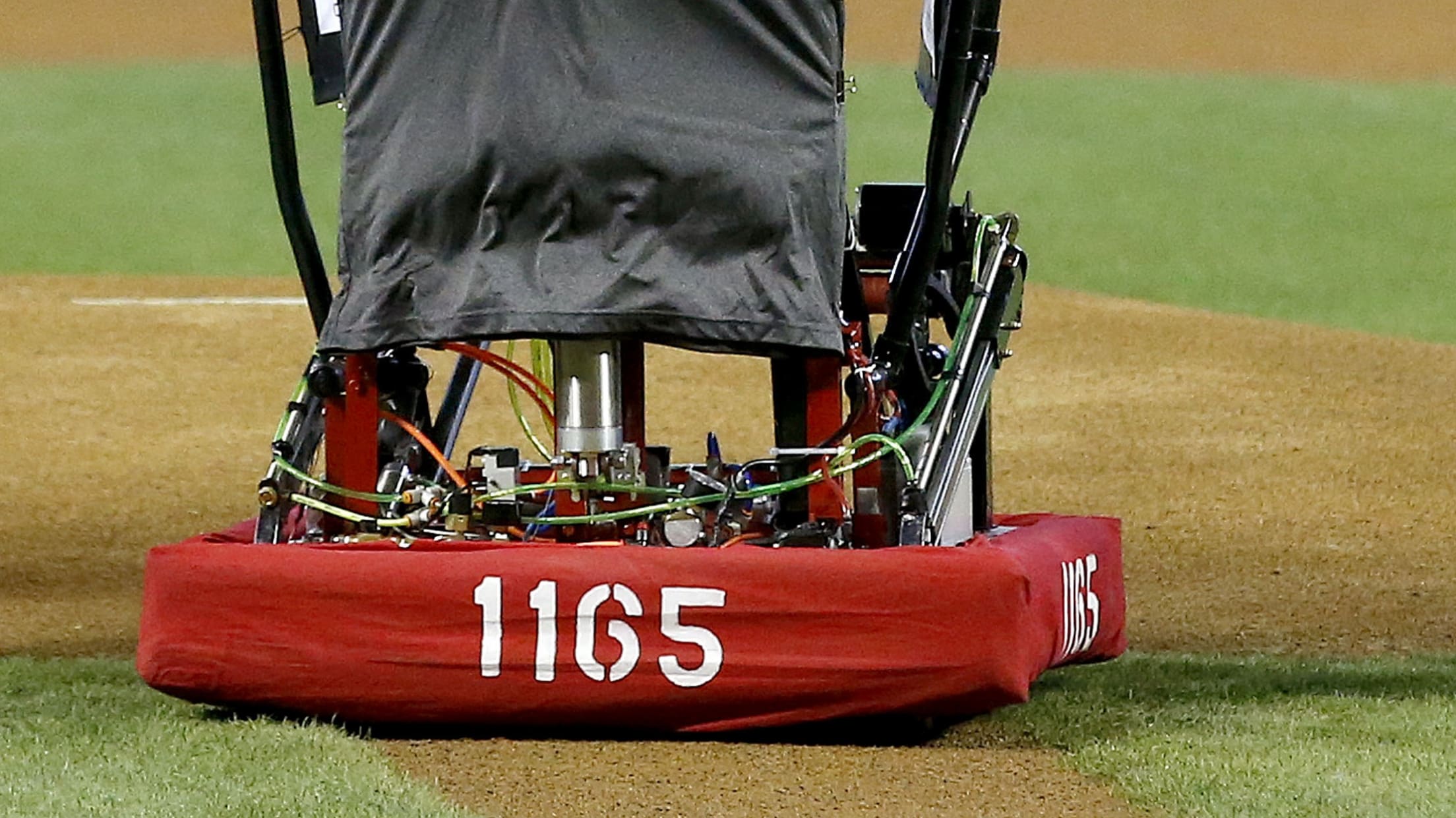Just how weird can the Atlantic League get with these rule changes this year?

The independent Atlantic League was already one of the most interesting leagues around. While not affiliated with the Majors, the standard of play is quite high, with numerous ex-big leaguers joining up in hopes of getting a ticket back to The Show.
Now, though, the league does have an agreement with MLB: It'll be the test kitchen for potential rules changes. And if you thought they'd pace themselves, you'd be very, very wrong.
Earlier today, @MLB and the @AtlanticLg announced the experimental playing rules and equipment that will be in place during the 2019 Atlantic League
— MLB Communications (@MLB_PR) March 8, 2019
Championship Season. pic.twitter.com/3pZlHeJH8e
Again, I want to reiterate this, these rule changes will be instituted all at once. Just what could that look like? Let's come up with the best and worst outcome for each:
Rule change No. 1: Home plate umpires are assisted by TrackMan (read: Robo Umps)
Pro: The robots call a perfect strike zone, and no fan ever complains about the strike zone ever again.
Con: It turns out that the strike zone as we know it is not actually how it's written in the rulebook. After all, there are a number of functional issues that umpires can parse that a computer cannot. Oh yeah, one other fear: robots gain consciousness and take over the planet.

Rule change No. 2: No mound visits
Pro: The game is quicker and sharper, with coaches no longer sauntering out to the mound to kill time and allow a reliever to finish warming up.
Con: Pitchers forget how to throw the ball without a reminder every 25 minutes.
Rule change No. 3: Pitchers must face a minimum of three batters
Pro: There are more balls put in play as teams can't call on relievers to throw a handful of 100-mph fastballs before exiting the game. Plus, less waiting around for pitching changes at the most exciting moments of the contest.
Con: Turns out, there are a lot of pitchers who you really don't want pitching to more than one batter at a time. We'll all mourn the loss of our favorite word, LOOGY.
Rule change No. 4: Increase the size of first, second and third base by 3 inches
Pro: The larger size makes it easier for batters to slide into each base while avoiding the tag -- and the shorter distance between them gives baserunners an incentive to be aggressive.
Con: Somehow, despite being only 3 inches larger, these bases become a beacon for baseballs and the game will turn into a never-ending stream of deflections.
Rule change No. 5: Require two infielders to be on each side of second base when the pitch is released (read: no shifts)
Pro: Teams can no longer load up one side of the field, meaning more ground balls will sneak through the infield. With higher odds of a coming up with a base hit, batters will prioritize contact rather than just swinging for the fences.
Con: Does anyone really miss endless ground-ball singles?
Rule change No. 6: Time between innings is shortened
Pro: 20 seconds of our lives is returned to us every half-inning.
Con: We still waste those 20 seconds looking at cat videos anyway.
Rule change No. 7: The mound is moved back 2 feet
Pro: Effective velocity -- or the speed at which batters see the ball -- will drop, making it easier for batters to put the ball in play.
Con: Those extra 2 feet will completely confuse pitchers who have spent their lives getting their curves and sliders to break over the plate at the current distance of 60 feet, 6inches. Get ready for lots of breaking balls in the dirt and plenty of walks. Basically, every pitcher becomes 50 Cent.
Will all of these changes work? No, absolutely not. Will one or two turn out to be good ideas? Probably, and that's a good thing. The game and its rules have changed a lot over time, and they will continue to do so. Besides, having a place to test these out is worth watching just for the experiment itself.






